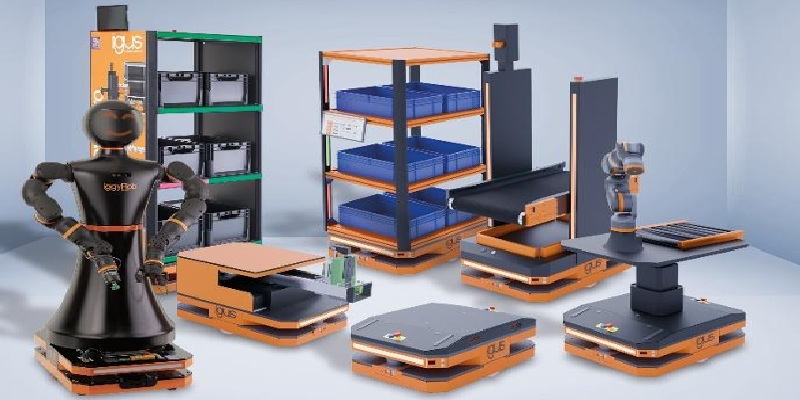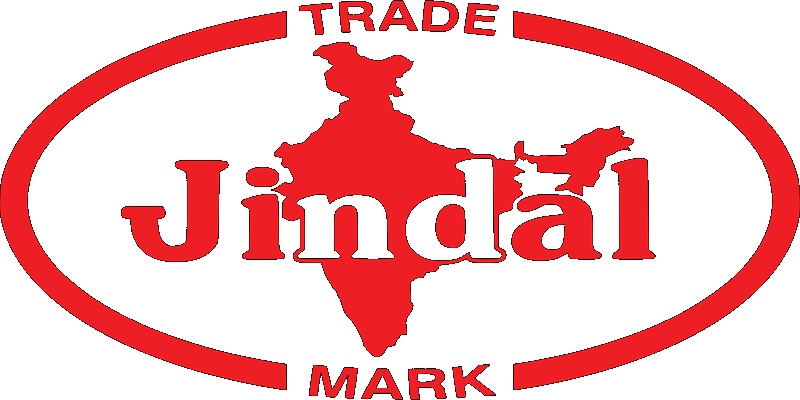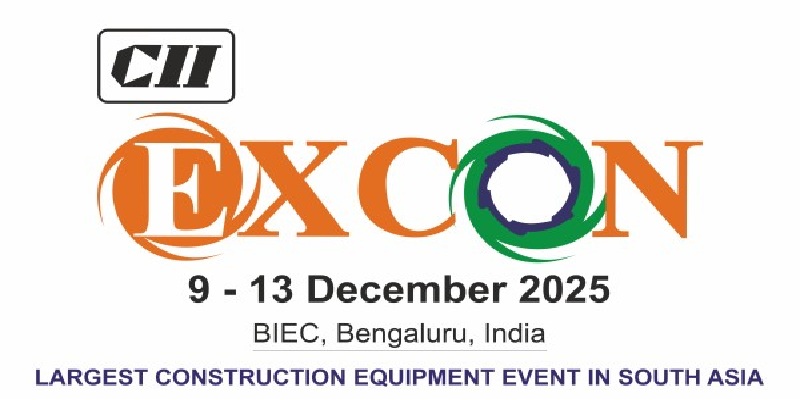Schedule a Call Back
Rising Demand Gives MHE Sector Added Buoyancy
 Technical Articles
Technical Articles- Jul 02,13
With investments on the rise in the engineering, automotive, construction, and infrastructure industries, material handling equipment manufacturers are all set to match the need for better systems and increasing numbers, reports Huned Contractor

If, according to a recent study, the global demand for material handling products is projected to rise 6.5 per cent per year through 2014 to approach USD 113 billion, there's obviously a lot to cheer about in this sector. The report further states that the US will be among the fastest growing markets, and comprise over one-quarter of world growth through 2014. Despite a modest outlook in the shorter term, US' demand for material handling products is expected to rise 8.2 per cent per year through 2014. The gains will result from recovery in manufacturing output, which plummeted in 2009 due to the economic recession. "The advances will benefit from turnarounds in key markets such as the automotive industry, where production is expected to nearly double by 2014," the report states.
Closer home, the demand growth in the Asia-Pacific region will also outpace the global average, increasing 7.0 per cent per year through 2014. "India and China will show the strongest growth among national markets due to rising manufacturing output, which will require material handling equipment to facilitate distribution and production," it says. China has grown into a leading supplier of material handling products, taking advantage not only of its inexpensive labour pool, but also of favourable exchange rates, which have made pricing of Chinese goods especially competitive. China exports products to the US, Western Europe, and throughout Asia.

In India, TechNavio's analysts forecast the material handling equipment market to grow at a CAGR of 15.62 per cent over the period 2011-2015. Providing a reason for this slated growth, Tushar Mehendale, Managing Director, ElectroMech, one of the largest EOT crane manufacturers in India, says, "One of the key factors contributing to this market growth is the increased industrialization across the states in India." As per an earlier report prepared by the Indo-Italian Chamber of Commerce & Industry, it has been projected that the Euro 1.6 billion construction equipment industry in India is expected to touch about Euro 10.3 billion. While the current size is just a fraction of the world market, it has been growing between 10-15 per cent compared to the global growth of around 5 per cent.
India is one among the top 10 markets for construction equipment and is one of the key international markets. The prospects of the construction equipment industry look attractive with a projected investment of Euro 212.5 billion in the infrastructure sector over the next few years. "The demand for material handling equipment (MHE) will continue to grow not only in the construction sector but also in manufacturing; logistics; warehousing; general engineering related to power plants; metro or irrigation projects; and government sectors like the railways, ordnance factories, armed forces, etc. The growth is for certain and this will be spread over all kinds of material handling equipment," Mehendale states.
There are various types of material handling equipment now being made in India and some of these are:

Pick-N-Carry Cranes: Some of the typical uses include loading, unloading, moving, shifting, and erecting material. The pick-n-carry crane segment in India has an estimated market size of Euro 57.76 million and these cranes comprise 27 per cent of the overall material handling market and over 50 per cent of the cranes market. The market has grown at a CAGR of 72 per cent in volume terms in the last three years. Going forward, the growth rate is expected to be in the range of 15-20 per cent over the next few years. The key drivers are the construction and industrial sectors. Within the construction sector the key demand driver is urban infrastructure with an expected investment growth of 13 per cent annually. Within industrial applications, the key demand drivers are steel and power industries growing at around 9-10 per cent annually.
Forklifts: These are low tonnage vehicles used to transport materials stored in pallets, within limited spaces. Most forklifts are in the 1 tonne-5 tonne range, though equipment up to 20 tonnes is available. The flexibility and speed these equipment offer make them ideal for repetitive material handling tasks, especially in restricted areas like warehouses and yards. There are three types of forklifts based on fuel input - diesel, liquefied petroleum gas (LPG), and battery. Each variant finds application in different industries based on the load factor determined by the power inputs, pollution, etc. The market is approximately of 2,200 units per annum for forklifts with a market size of approximately Euro 25.23 million. The segment has been on a 20 per cent growth trajectory year-on-year and is estimated to grow at a CAGR between 10-20 per cent.
Other Cranes: Other cranes consist of slew cranes, crawler cranes, and tower cranes. These are higher value, more sophisticated cranes than pick-n-carry cranes and are typically used for heavier duty work. The market for slew cranes is about Euro 23.24 million with about Euro 8.6 million of this being accounted for by imported used equipment. Within slew cranes, yard cranes are the most prominent, comprising 65 per cent of all new slew cranes. The demand for other cranes is driven primarily by the construction and industrial sectors and within industrial applications, the key demand drivers going forward are likely to be the power, refinery, and mining sectors. With increasing average scale of infrastructure and construction projects, the growth rate of slew and tower cranes is likely to surpass the average growth rate of the overall cranes segment.
Wider Playing Field

The positive impact of this growth in the material handling equipment sector is that it has spread the blanket to accommodate even the small and medium-sized players, while providing increasing opportunities for the large-sized manufacturers and MNCs to expand both range of equipment and capacities. For instance, Demag Cranes India, a subsidiary of the Euro 1 billion Demag Cranes AG, has set up a production plant at Chakan near Pune with an initial investment of Euro 8 million. "This plant is now the largest in the emerging markets, and also the largest outside of Europe," Thomas Hagen, COO, Demag Group, had remarked during its inauguration. The company manufactures cranes, hoists, KBK light crane systems, drives, and components.
Among the domestic players, Pune-based ElectroMech has been on a consistent high. According to its in-house magazine 'EMpower', it has now diversified into the tower crane business by signing a joint venture agreement with Zoomlion Heavy Industry Science and Technology Development Co. Ltd. in August last year. The joint venture plant will realize USD 50 million in annual sales over the next five years. The agreement is to manufacture, sell, and service Zoomlion's complete range of tower cranes in India. "This strategic alliance aims to combine the advanced technology and manufacturing expertise of Zoomlion with ElectroMech's strong base in India and its strengths in sales and service," Mehendale says.
Meanwhile, ElectroMech is now steadily creating a footprint outside India too. In one of such recent projects, the company supplied and retrofitted completely new hoisting units and refurbished the one cranes with new electrical systems for Diala State Company in Iraq. Diala is engaged in the assembly and manufacturing of large capacity distribution and power transformers and is one of the largest transformer manufacturing companies in Iraq. "With our expertise in such projects, we refurbished four units of double girder trolleys of 100/30 MT, 50/20 MT, 15/10 MT and 15/7 MT capacities," EMpower informs.
As further proof of the upward spiral in this sector, consider the recent news of Danish engineering firm FLSmidth procuring an order of Rs 190 crore from Tata Steel for the supply of two pipe conveyors for transport of iron ore. The conveyors would be used for "transport of six million tonnes per year of iron ore over a distance of around 9 km from the company's Khondbond mines to railway loading point at Joda in Odisha," the Copenhagen-headquartered firm said in a statement. These pipe conveyors will have a total conveying capacity of 1,400 tonnes per hour and would run through a challenging terrain and forest land, it said. "The order will be booked by the Material Handling Division and contribute beneficially to FLSmidth's earnings until 2014," the statement added.

Elsewhere, bigger plans are being hatched in the SME sector too. As is the case with ATS Conveyors India (P) Ltd which, in a short span of five years, has notched up an impressive history of executing some of the largest projects in manufacturing and installing conveyor systems. Set up in 2006 as a 100 per cent subsidiary of ATS Group of France and Hero Foerdertechnik of Germany, the company specializes in providing solutions for material flow control in the form of conveyor systems, especially to the automobile sector. In fact, up to 40 per cent of its revenue in 2010-11 was derived from automobile companies, some of its major clients being Tata Motors, Mercedes Benz, Mahindra, Piaggio, Ashok Leyland, JCB, etc. "The scope is definitely increasing because our clients too are expanding their production facilities as also for the fact that a lot of greenfield projects are being started in India," says Dayanand Dalvi, the company's CEO.
Similar is the growth story of Jaycee Equipments that started off as a manufacturer of special pneumatic tools but has now found its niche in the material handling equipment sector. "Our primary product range now includes torque manipulators, roller conveyors, chain conveyors, and belt conveyors which we create for application in the automobile, foundry, food, and plastic industries," the company's CEO, John D'Souza, informs. There are now plans afoot to expand operations and even diversify. "We are thinking of entering the construction sector by making special construction equipment. But this plant may be set up in Goa," he says. Meanwhile, there is also an attempt to turn Jaycee into a brand. "It's time we put our 15 years of expertise to good use," D'Souza states.
Increasing Opportunities
According to industry experts, this growth trajectory and the prediction of further windfalls can be attributed to certain specific areas. One of them, for example, is the investment being made for improving major and minor ports in India over the next four to six years. "A major portion of the investment for improving the ports is expected to come from private players," a report states. Another important factor is the expected growth in the cargo handled at all Indian ports, which is expected to grow at a CAGR of 8 per cent. These developments would drive demand for material handling equipment such as cranes for handling cargo and construction equipment for infrastructure development in the ports.
Meanwhile, investment in the railway network is expected to be focused on re-laying of tracks and improving the existing infrastructure and as per a report published a year ago, the government has awarded Euro 544.4 billion of projects to private firms. Also, steel majors in India have undertaken large capacity expansion projects and the industry is estimated to grow at 9-10 per cent over the next five years, according to Rajkumar Tyagi, member of the Wire Association International (WAI), a body of wire rope manufacturers. Power, refineries, engineering, retail, and food & beverages are some of the other sectors that are slated to push the material handling equipment industry ahead.
Trends & Technology
The general trend in the MHE industry is towards increasing automation, enhancing productivity, and maximizing safety. "A lot of innovations are also taking place to develop equipment specifically to one sub-sector of a particular industry and in turn provide a highly customized solution for a very niche requirement. Technologies have progressed rapidly in the past decade. We see superior control methodologies in terms of accuracy, repeatability, and efficiency. Advanced mechanisms and use of electrical sensors and invertors ensure safety while using these equipment," says S Vaidyanathan, designer of industrial cranes and CEO of Action Technologies. "As the production processes gets more evolved and with increased exposure of the Indian industrialists to modern manufacturing techniques and global best practices, there is a definite shift towards adoption of newer technologies for industries as well. For example, the industrial cranes industry in India was traditionally dominated by the old 1960s type Russian crane design. However, we have been at the forefront in convincing people to dump the old technology and move towards the more modern and contemporary crane technology that is prevalent in Western Europe," Mehendale states.
Another trend in material handling equipment is the growing popularity of voice-recognition systems. People understand the benefits of using a hands-free communication system and being trained to use this technology for minimal error in operations thereby leading to increased productivity. The voice-recognition system aids direct communication with a computer via a headset. While receiving instructions from the computer, operators are able to keep both hands on the equipment which results in a safer working environment. "The basic fact is that material handling equipment does not add to the production process in any manufacturing set-up but is a necessary evil. Therefore, the investment is done with an eye on how to keep its utilization value high while keeping the costs at the minimum," sums up Dhiraj Gaur, partner in Saikrupa Food Processing (P) Ltd at Jejuri near Pune.
Related Products

Three Pole, Numerical, Non-directional 3 O/c or 2 O/c+1 E/f Relay With Inst. Highset
JVS Electronics Pvt Ltd offers a wide range of three pole, numerical, non-directional 3 O/C Or 2 O/C+1 E/F relay with inst. Highset JNC 066/JNC 066P.
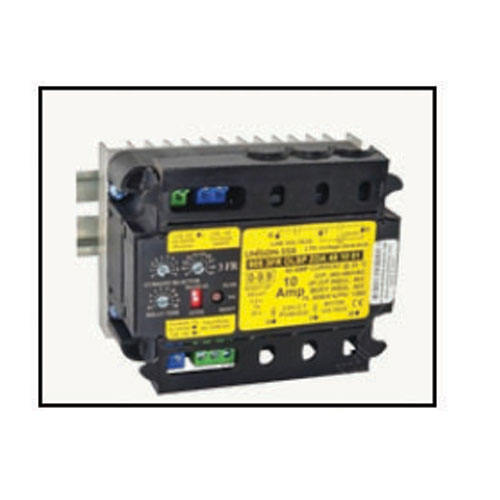
Ph Fwd/ Rev Motor Protection Ssrs
Insys Electrical & Controls offers a wide range of PH FWD/ REV motor protection SSRs.
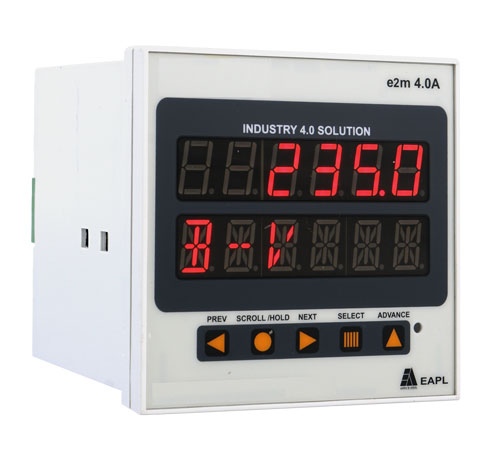
Multifunction Meter With Event Counter
Electronic Automation Pvt Ltd offers a wide range of multifunction meter with event counter - model-E2M 4.0A





